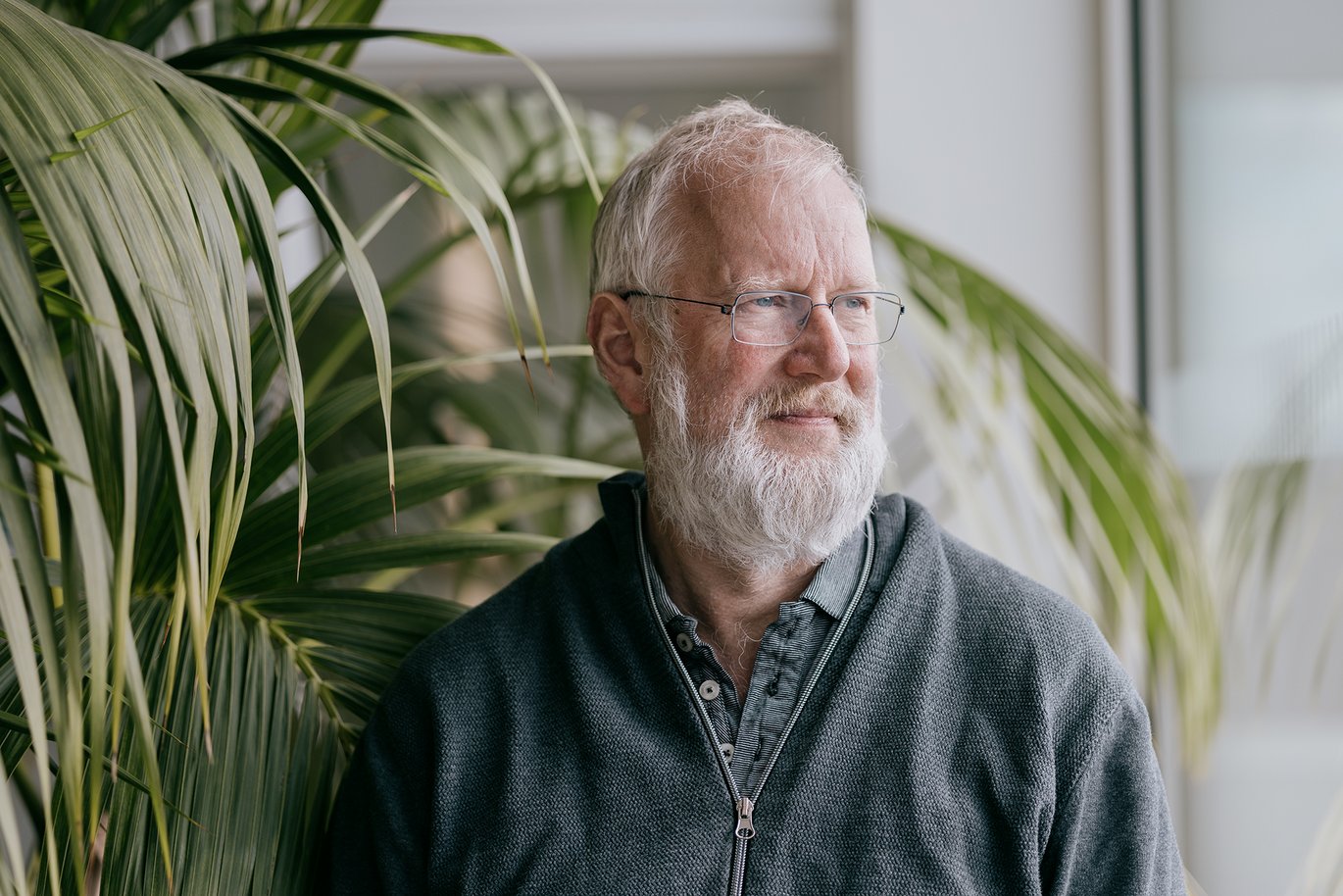Turning research into real-world solutions: Peter Gorm Larsen awarded honorary doctorate
Peter Gorm Larsen has spent four decades bridging the gap between academia and industry. Now, he is being honoured as an honorary doctor for his pioneering work on digital twins and international research collaboration.

He’s never been one to seek the spotlight. Quite the contrary, Peter Gorm Larsen usually points to others when asked about the many results he has helped bring about. His collaborators, his PhD students, and the companies that have trusted him with their data.
But on 21 July, he will take centre stage as the University of York honours him with an honorary doctorate for his lifelong contribution to science and society.
“It is with great humility and deep gratitude that I accept this honour,” says Peter Gorm Larsen and adds: “I could never have imagined receiving such a prestigious recognition.”
He highlights his collaboration with colleagues at York, particularly professors Ana Cavalcanti and Jim Woodcock, as a cornerstone of his career. Their partnership began in the late 1980s in the field of formal methods and has evolved into an enduring research alliance with joint projects and conferences, even after Brexit.
Research with a purpose
It’s no coincidence that University of York is now naming Peter Gorm Larsen an honorary doctor. The university praises him as an enabler - someone who brings immature technologies to market through public-private collaboration.
And that’s precisely where Peter has focused his energy: making research matter.
He has been one of the pioneers in Denmark within digital twins, including advanced software models that allow companies to simulate, test, and develop products long before they become physical reality. At Aarhus University, he now leads the Centre for Digital Twins where over 200 companies, backed by more than two billion DKK, work with researchers at the intersection of software development, data analysis, and industrial needs.
But for him, it’s not just about the technology. It’s about what the technology can achieve in the real world.
“There is a huge need in industry for the use of digital twins,” he has said. “But if Denmark is to remain internationally competitive, we must embrace the synergy that arises when early-stage technology is brought to market through spin-outs. That’s where real impact happens - and that’s where we’re lagging behind.”
A bridge-builder between worlds
Peter Gorm Larsen came to academia with a background in the private sector. He earned an industrial PhD in the 1990s, spent 17 years in industry, became a lecturer at the Aarhus School of Engineering in 2005, and when the school became part of Aarhus University in 2011, he became a professor. Since 2017, he has led the university’s digitalisation centre, DIGIT.
This experience has given him unique insight into what companies need and what universities can offer, if they dare. He has openly criticised the Danish system’s hesitancy towards commercialisation and called for more focus on academic entrepreneurship and more flexible legal frameworks to allow universities to co-own inventions.
“Breakthroughs happen at the intersection of companies and knowledge centres, and when we dare to commercialise research,” he has said. “In Denmark, we worry far more about principles of independence than our neighbours, and as a result, we’re falling behind.”
Digital technology with real-world impact
Peter Gorm Larsen’s research spans widely - from theoretical foundations of software development to industrial applications. He began with formal methods, a field that uses mathematical models to ensure complex software systems behave as intended. He worked on the Vienna Development Method (VDM), which is used to develop critical systems in everything from train control to medical equipment. While working with formal methods in industry, his VDM tools were used in software used inside more than 370 million mobile phones in Japan.
Later, he focused on real-time embedded systems - software that controls physical systems like robots, cars, and production facilities where failure is not an option.
Today, he is internationally recognised as a leading expert in digital twins - simulated versions of physical systems that allow testing and optimisation before construction.
His team at Aarhus University has developed advanced modelling tools used by both major industrial groups and startups to make product development more precise, faster, and sustainable. In collaboration with companies like Grundfos, Terma, and Lego, he has shown how digital twins can become a key technology in society’s green transition through digital transformation.
A researcher on a mission
Peter Gorm Larsen has never let go of the mission. On the contrary, it has become clearer over the years. It’s not just about writing papers and leading projects. It’s about ensuring that the knowledge created at universities can turn into real-world solutions, especially for small and medium-sized enterprises that lack their own R&D departments or digital capabilities.
He has been a technological voice advocating for collaboration, against silo thinking, and for the digital possibilities of the future.
“Don’t just chase the highest salary,” is his advice to newly graduated engineers at the University of York. “Seek the environments where you can learn something. That is the essence of lifelong learning.”
On 21 July, Peter Gorm Larsen will receive his honorary doctorate from the University of York. But as he puts it: “The true honour lies in making research matter.”
Contact
Professor Peter Gorm Larsen
Aarhus University, Department of Electrical and Computer Engineering
Mail: pgl@ece.au.dk
Tel.: +4541893260
